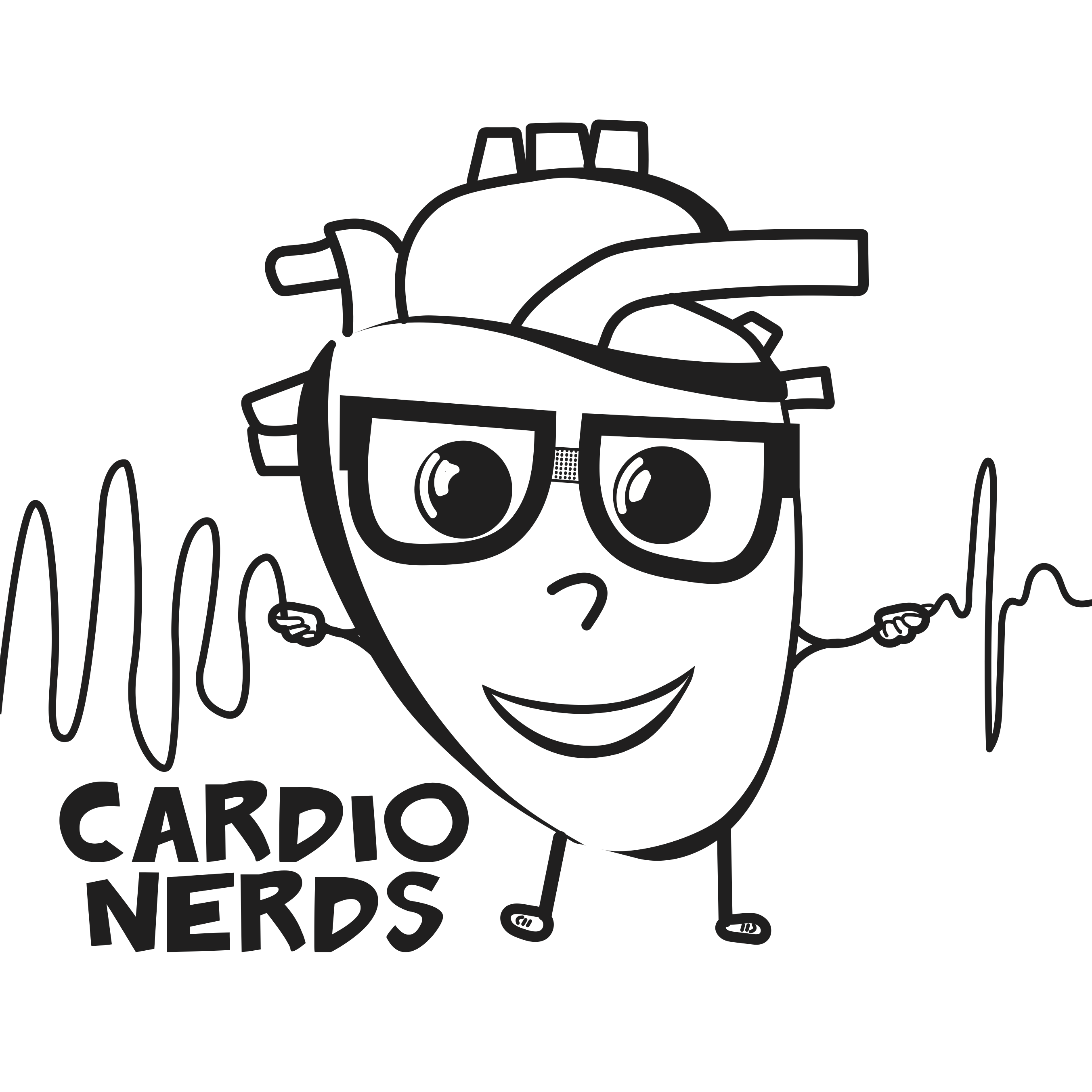299. Guidelines: 2021 ESC Cardiovascular Prevention Question #25 with Dr. Eugene Yang

The following question refers to Section 3.2 of the 2021 ESC CV Prevention Guidelines. The question is asked by student Dr.\xa0Hirsh Elhence, answered first by Mayo Clinic Fellow\xa0Dr. Teodora Donisan, and then by expert faculty\xa0Dr. Eugene Yang.Dr. Yang is professor of medicine of the University of Washington where he is medical director of the Eastside Specialty Center and the co-Director of the Cardiovascular Wellness and Prevention Program. Dr. Yang is former Governor of the ACC Washington Chapter and chair of the ACC Prevention of CVD Section.The CardioNerds Decipher The Guidelines Series for the 2021 ESC CV Prevention Guidelines\xa0represents a collaboration with the\xa0ACC Prevention of CVD Section, the\xa0National Lipid Association, and\xa0Preventive Cardiovascular Nurses Association.Enjoy this Circulation 2022 Paths to Discovery article to learn about the CardioNerds story, mission, and values.\t\t\n\t\t\t\t\t\t\t\t\t\t\t\t\t\t\t\n\t\t\t\t\t\t\t\t\n\t\t\t\t\t\t\t\t\t\t\t\tQuestion #25\n\t\t\t\t\tPlease choose the CORRECT statement from the ones below.ACAC scoring can be considered to improve ASCVD risk classification around treatment decision thresholds.BPatients with type 1 or type 2 diabetes are considered very high CV risk, regardless of comorbidities and other risk factors.CCKD does not increase the cardiovascular risk in the absence of other risk factors.DMen and women older than 65 years old are at high cardiovascular risk.\n\t\t\t\t\t\t\t\t\t\t\t\t\t\t\t\n\t\t\t\t\t\t\t\t\n\t\t\t\t\t\t\t\t\t\t\t\tAnswer #25\n\t\t\t\t\tExplanationOption A is correct. Coronary artery calcium (CAC) scoring can reclassify CVD risk upwards and downwards in addition to conventional risk factors and may thus be considered in men and women with calculated risks around decision thresholds (Class IIb, Level B). If CAC is detected, its extent should be compared with what would be expected for a patient of the same sex and age. CAC scoring does not provide direct information on total plaque burden or stenosis severity and can be low or even zero in middle-aged patients with soft non-calcified plaque.Option B is false. Not all patients with diabetes are very high risk by default.\xb7\xa0\xa0\xa0\xa0\xa0\xa0 Moderate risk: well controlled diabetes, <10 years duration, without evidence of target organ damage and no additional ASCVD risk factors.\xb7\xa0\xa0\xa0\xa0\xa0\xa0 High risk: patients not fulfilling the criteria above, without ASCVD and/or severe target organ damage.\xb7\xa0\xa0\xa0\xa0\xa0\xa0 Very high risk: diabetic patients with established ASCVD and/or severe target organ damage.Severe target organ damage is defined by:\xb7\xa0\xa0\xa0\xa0\xa0\xa0 eGFR <45 mL/min/1.73 m2\xb7\xa0\xa0\xa0\xa0\xa0\xa0 eGFR 45-59 mL/min/1.73 m2 and microalbuminuria (albumin-to-creatinine ratio, ACR 30 -300 mg/g)\xb7\xa0\xa0\xa0\xa0\xa0\xa0 Proteinuria (ACR >300 mg/g)\xb7\xa0\xa0\xa0\xa0\xa0\xa0 Presence of microvascular disease in at least 3 different sites (e.g., microalbuminuria + retinopathy + neuropathyOption C is false. CKD carries at least a high CVD risk even in the absence of diabetes or ASCVD.\xb7\xa0\xa0\xa0\xa0\xa0\xa0 Moderate CKD carries a high CVD risk: o\xa0\xa0 eGFR 30\u221244 mL/min/1.73 m2 and ACR <30o\xa0\xa0 eGFR 45\u221259 mL/min/1.73 m2 and ACR 30\u2212300o\xa0\xa0 eGFR \u226560 mL/min/1.73 m2 and ACR >300\xb7\xa0\xa0\xa0\xa0\xa0\xa0 Severe CKD carries a very high CVD risk:o\xa0\xa0 eGFR<30 mL/min/1.73 m2o\xa0\xa0 eGFR 30\u221244 mL/min/1.73 m2 and ACR >30\xa0Option D is false. There is an age difference between men and women with regards to cardiovascular risk. Age is a major CVD risk driver, but age cutoffs should be used with flexibility.\xb7\xa0\xa0\xa0\xa0\xa0\xa0 Women < 50 years-old and men < 40 years old are usually at low 10-year CVD risk. It is still important to be aware of unfavorable modifiable risk factors that can sharply increase their lifetime CVD risk.\xb7\xa0\xa0\xa0\xa0\xa0\xa0 Women > 75 years-old and men > 65 years-old are usually at high 10-year CVD risk.\xb7\xa0\xa0\xa0\xa0\xa0\xa0 Only between the ages of 55 \u2013 75 years in women and 40 \u2013 65 years in men does the 10-year CVD risk vary around commonly used thresholds for intervention.\xa0Of note:\xb7\xa0\xa0\xa0\xa0\xa0\xa0 In younger, apparently healthy patients, we also discuss lifetime CVD risk estimates since 10-year risk assessments often underestimate risk.